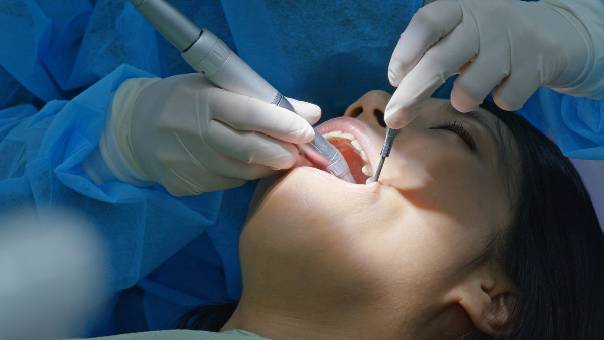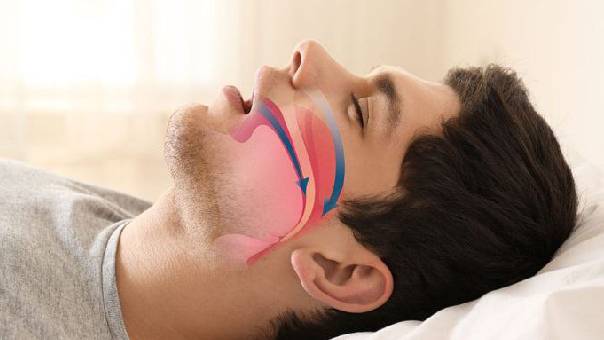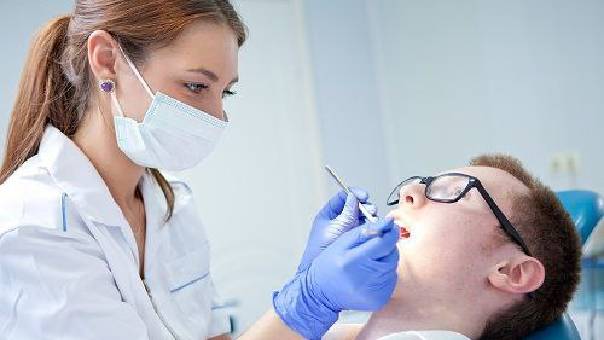
Side Effects of Mouth Breathing: What You Need to Know
Breathing is one of the most natural things we do — so natural that most people don’t even think about how they breathe. Yet, whether you breathe primarily through your nose or your mouth can make a big difference to your health. While occasional mouth breathing (such as during a cold) isn’t usually a cause for concern, habitual mouth breathing can lead to a wide range of oral, dental, and even general health problems.
In our clinical practice, we often see patients struggling with issues like gum disease, bad breath, or dry mouth, only to discover that mouth breathing is the underlying cause. This blog explores the side effects of mouth breathing, its strong connection to gum health, and practical steps you can take to manage it.
Why Nose Breathing Is BetterThe human body is designed for nasal breathing. The nose warms, humidifies, and filters incoming air, making it more suitable for the lungs. Nasal breathing also helps produce nitric oxide, which improves oxygen absorption and overall circulation.
In contrast, mouth breathing bypasses these natural processes. Constant airflow through the mouth dries out oral tissues, disrupts saliva balance, and creates an environment where harmful bacteria can thrive. Over time, this can result in multiple oral and systemic health issues.
Side Effects of Mouth Breathing-
1. Gum Disease and Gingivitis
One of the most common oral side effects of mouth breathing is gum disease, particularly gingivitis. Here’s why:
-
Dry Gingiva (gums): Constant exposure to airflow dries out gum tissues, making them prone to irritation.
-
Increased Plaque Buildup: Saliva normally helps wash away bacteria and food particles. With less saliva, plaque accumulates more quickly.
-
Inflammation: Gums may become red, swollen, and tender.
-
Altered Oral pH: A dry mouth favors harmful bacteria linked to gum disease.
Signs of Gingivitis in Mouth Breathers:

-
Red, swollen gums, especially near the front teeth
-
Bleeding when brushing or flossing
-
Bad breath (halitosis)
-
Shiny, inflamed gum surfaces that appear “dry”
If untreated, gingivitis can progress to periodontitis, a more advanced gum disease that damages the bone and supporting tissues of teeth.
-
-
2. Tooth Decay
Mouth breathing reduces saliva flow, which is critical for neutralizing acids and remineralizing tooth enamel. Without adequate protection, teeth become more vulnerable to cavities, especially along the gumline and between teeth. -
3. Bad Breath (Halitosis)
Dry mouth caused by mouth breathing allows odor-causing bacteria to flourish. These bacteria release sulfur compounds, leading to persistent bad breath that doesn’t easily improve with brushing or mouthwash. -
4. Dry Mouth and Oral Discomfort
Patients who breathe through their mouths often wake up with a parched mouth, sore throat, or cracked lips. Chronic dry mouth not only feels uncomfortable but also increases the risk of cavities and gum disease. -
5. Sleep Disturbances
Mouth breathing is commonly associated with snoring and sleep-disordered breathing, including obstructive sleep apnea. Poor sleep can affect concentration, mood, and overall health. In children, mouth breathing during sleep can be particularly harmful, as it interferes with growth, learning, and behavior. -
6. Altered Facial Growth in Children
Chronic mouth breathing in children can affect jaw and facial development. Known as “adenoid face” or “long face syndrome,” this condition is characterized by:-
Narrow upper jaw
-
Long, narrow face shape
-
Crooked or crowded teeth
-
Poor bite alignment
Addressing mouth breathing early in children is crucial to prevent long-term orthodontic and facial development issues.
-
-
7. Impact on General Health
Beyond the mouth, chronic mouth breathing can contribute to:-
Respiratory Infections: The nose filters out dust, allergens, and pathogens. Without this barrier, the throat and lungs are more exposed.
-
Allergies and Asthma Aggravation: Mouth breathing can worsen airway inflammation.
-
Lower Oxygen Efficiency: Nose breathing enhances oxygen delivery via nitric oxide production, which is bypassed during mouth breathing.
-


-
1. Treat Underlying Causes
Habitual mouth breathing often stems from medical issues such as:
-
Allergies
-
Nasal obstruction (polyps, deviated septum)
-
Enlarged tonsils or adenoids
-
Chronic sinus infections
An ENT (ear, nose, throat) evaluation may be necessary to identify and treat these problems.
-
-
2. Improve Oral Hygiene
Mouth breathers need to be extra vigilant about oral hygiene to counteract the drying effects and increased bacterial activity.-
Brush twice daily with a fluoride toothpaste
-
Floss or use interdental brushes to remove plaque
-
-
3. Promote Moisture in the Mouth
-
Stay hydrated: Drink water regularly throughout the day.
-
Saliva substitutes: Use gels, sprays, or lozenges if recommended by your dentist.
-
Humidifier: Using a humidifier at night can reduce oral dryness, especially in air-conditioned rooms.
-
-
4. Regular Dental and Periodontal Care
Professional dental care is key in preventing and managing the oral consequences of mouth breathing.-
Schedule regular dental check-ups and cleanings
-
Get early treatment for gingivitis to prevent progression to periodontitis
-
Discuss customized fluoride treatments if you’re at higher risk for cavities
-
-
5. Address Mouth Breathing in Children
In children, early intervention is critical because mouth breathing can affect both oral health and facial development. Treatment may include:-
ENT evaluation for enlarged tonsils or adenoids
-
Orthodontic intervention if bite alignment is affected
-
Habit-correction strategies guided by pediatric dentists
-


Mouth breathing may seem harmless, but its side effects are far-reaching — from bleeding gums and cavities to poor sleep and altered facial growth in children. The good news is that with the right diagnosis and treatment, its impact can be minimized.
At Trivandrum Dental Specialists’ Group, we look beyond symptoms to identify root causes. Whether your gums bleed, your mouth feels dry, or your child shows signs of mouth breathing, we provide tailored solutions that protect both oral and overall health.
